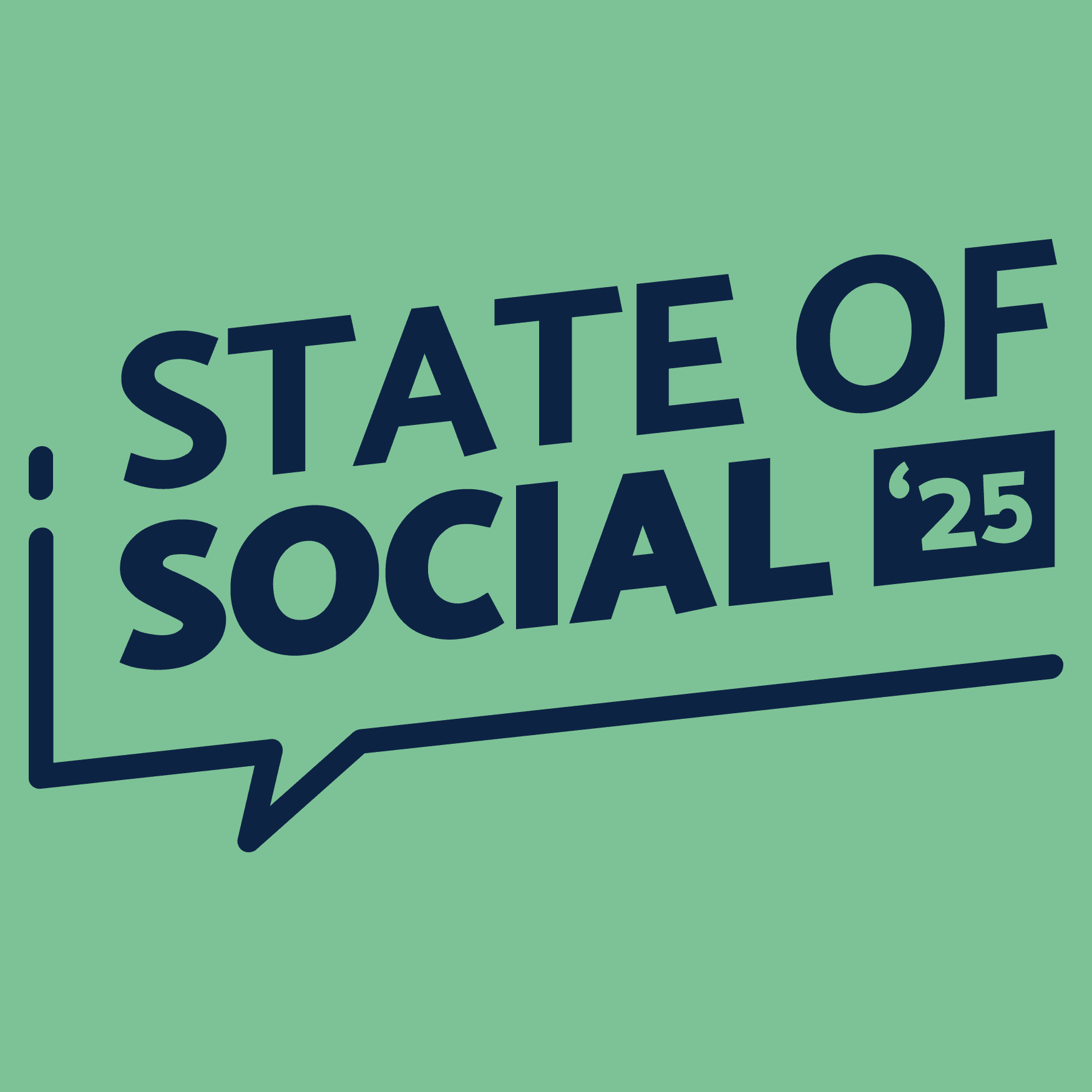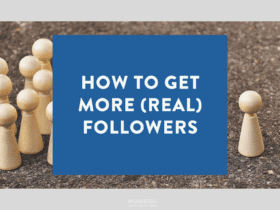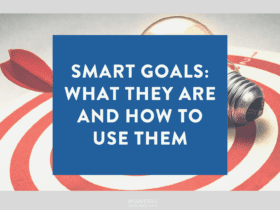Its champions scoop multimillion-dollar prizes.
Its biggest tournaments draw more viewers than the Super Bowl.
And it’s a bigger industry than Hollywood and the music biz. Combined.
This isn’t some gamer’s fantasy. eSports – competitive video game battles – are becoming mainstream. And if its not part of your social media strategy, you could be missing out.
“A lot of brands seem to be scared or skeptical when it comes to eSports,” says Cameron Benest, digital campaign manager at The Marketing Mix. “They don’t understand the market.”
“People have this idea that [esports fans] are unhealthy slobs siting in a dark room eating Doritos,” say Stacia Grooby, eSports expert at agency Five by Five Global. “But it’s like any other social group – it’s team based, it’s built for connecting, for socialising. It’s the same principle as going to the stadium to watch a game or going to the pub with your mates – it’s just that you’re on Twitch in your living room.”
Who makes up the $US 1billion eSports market?
Hard to say. Stacia’s “biggest pet peeve” is when people lump eSports fans in one category. Different personalities like different games. “People who play darts or lawn bowls are probably not the same ones you’d see shouting at an ice hockey or a soccer match,” she explains. “You need to understand the nuances, that different personalities are attracted to FIFA or CounterStrike.”
Your country of origin skews the preference, too. “We find the Asian community is drawn to lore and storytelling, like League of Legends or DOTA,” says Cameron. “Australians like first person shooters – we like realism, we like action.”
Speaking generally, though, eSports fans are a smart engaged market of men and women (“actually, almost a 50/50 split,” says Cameron) aged 18 to 34. And yes, they do have lives IRL. “They tend to be incredibly social,” says Stacia. “They’re interested in going out and seeing their friends, going to movies and bars, eating out.”
Contrary to popular belief, eSports fans are not in a distinct camp from traditional sports spectators either. In fact, research shows there’s plenty of overlap, with only 5% of eSports fans claiming they don’t watch traditional sports.
This could explain why eSports enjoyed a meteoric boost during COVID-19, as stadiums closed and gaming fans tweeted and streamed from isolation. Streaming platform Twitch recorded a staggering 1.2 billon hours of content in March alone.
How do social media and eSports work together?
According to Cameron, there are a few ways. Firstly, as a simple communication device – stuff like what time is the match on, who scored the first point. There’s the real-time chatting during matches, similar to the back-and-forth with your friends over beers at the footy.
Then you have the pros – professional players at an elite level. The difference is, in eSports everyone’s on more level playing ground. eSports spectators use social media to connect and communicate directly with their gaming heroes. “You pick your favourite sport star and you’re able to see what they’re doing and talk to them through social media,” says Cameron. “It helps create a community and really makes people feel more valued.”
Streamers: The new influencers?
Finally, there are the streamers. Streamers are players that stream their gameplay on channels like Twitch or YouTube. They’re not necessarily the best players, but they offer something – witty commentary, an entertaining persona – that sees people tuning in.
“A lot of companies use them like influencers,” Cameron says. “We’ve worked with the majority of the top streamers,” says Stacia. “From those starting with grassroots promotions to the big names and collaborations. Brands have been using influencers for a long time and eSports isn’t much different. It’s a platform with a following that allows the amplification of a particular product or service.”
And with eSports popularity continuing to rocket, streamers’ sway could be bigger than any Insta influencer.
How can you get involved?
“Challenges seem to be the best way for brands to get involved with eSports,” says Cameron. Appeal to gamers’ competitive streak by creating a challenge around your product or service. “I think anything competitive in nature suits eSports fans,” agrees Stacia. “If you love eSports, you love the passion, the competition, the rivalry…”
Burger King recently launched a campaign to use online game FIFA 20 to “turn a small team in the real world into the biggest team online”. By completing challenges and uploading videos to Twitter, players were able to unlock special meal deals. In just a week, gamers shared over 25,000 goals.
For maximum impact, Stacia advises stripping away the gloss. “Unlike Instagram, where you have this polished end picture, its a lot more raw and real,” she says. “You’ve got quite an aware audience so it’s important not to assume and apply the same techniques that you would on a billboard.”
But don’t assume your high-end brand won’t appeal to eSports fans. L’Oreal recently inked a deal with Australian esports organisation The Chiefs Esports Club. Burberry recently streamed a show from London Fashion Week on Twitch.
And don’t just hop on eSports as you’ve heard it’s the next big thing. “If you’re a non-endemic brand coming through you need to fully understand the market and the people,” says Stacia. “You need to show that you support the success and growth of this league – you need to be there for the right reasons.”








LET’S CONNECT